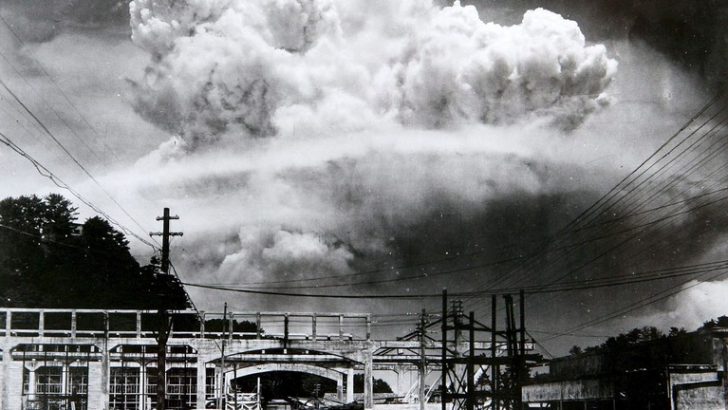A Doctor’s War
by Aidan MacCarthy (Gill Books ex Collins Press, €11.19)
This is a fascinating war memoir by a remarkable survivor, who attributed his safe-keeping to divine intervention.
Aidan MacCarthy was born in Castletownbeare, Co. Cork in 1914. He was educated at Clongowes Wood College, which for his English readers he describes as “the Eton of Ireland”, where he played rugby and cricket. He studied medicine at UCC and qualified in 1938. He migrated to England in search of employment. After stints in a few practices he joined the RAF.
Aidan’s account of his experiences of his early months of training illustrates how unprepared Britain was for war. Then he and his unit were posted to a number of different airfields in Northern France.
Following the rapid advance of the German army they retreated to Dunkirk, from where they were evacuated. He records the contempt shown by members of the other services to RAF personnel because of their absence from the skies, and he discovered that some of the wounded he treated on the rescue ship had been the victims of ‘friendly fire’.
Aidan and his unit were next sent to Java in the Dutch East Indies. After the island was overrun by the Japanese they were captured and interned. He describes the cruelty and hardship he endured in different POW camps. His narrative on one with a semi-deranged camp commandant brings to mind the popular film The Bridge on the River Kwai.
With the Japanese forces on retreat across the Pacific the Imperial High Command decided to transfer POWS to the Japanese mainland. The convoy carrying Aidan was constantly attacked by US bombers and was eventually decimated.
Fishing boat
Nearing Japan the ship carrying Aidan was sunk by a US submarine. He and a handful of others were taken from the sea by a Japanese fishing boat. On landing they were marched to a large POW camp in the industrial centre of Nagasaki, where they were put to work on a half-constructed aircraft carrier. Fortunately they also built air-raid shelters for themselves.
The second atomic bomb was dropped on the docks at Nagasaki on August 9, 1945. Aidan and some of the POWS were in their shelters. They survived. Those who were not underground were burnt to cinders. Aidan’s description of the aftermath of the bombing is horrific in its detail. One of his most abiding memories of it, it seems, was the awful smell of burnt human flesh.
Aidan expresses his admiration at the manner in which from the outset the US conducted its responsibility for Japan following its surrender. He arrived back in Dublin in November 1945 and was greeted by his family. He had been awarded the George medal for rescuing a pilot from a blazing plane in 1941. After the war he was awarded the OBE for his prisoner-of-war work.
He resumed his service in the medical branch of the RAF until he retired in 1972.
Aidan was a man of deep Faith. To the obvious question about his reaction to the cruelty he suffered at the hands of the Japanese he replied: “I feel little bitterness towards the Japanese, in fact I feel simple indifference. The totally different culture and religion of the nation made them so alien that I could hardly regard their actions as immoral. Everything my own world stood for had been turned on its head during my imprisonment.”
***
John Hersey’s Hiroshima provided immediately after WWII a deeply moving account of that event as a human experience. As an account of the second attack on Nagasaki from an Irish perspective of experiencing an attack on a civilian population a book by Aidan MacCarthy’s is unrivalled.
In A Doctor’s Sword (reviewed here September 1, 2016) biographer Bob Jackson gives a full account of MacCarthy’s life. But MacCarthty’s own personal testimony (reissued earlier by Collins Press) carries a sense of authenticity which no biography can truly express.



